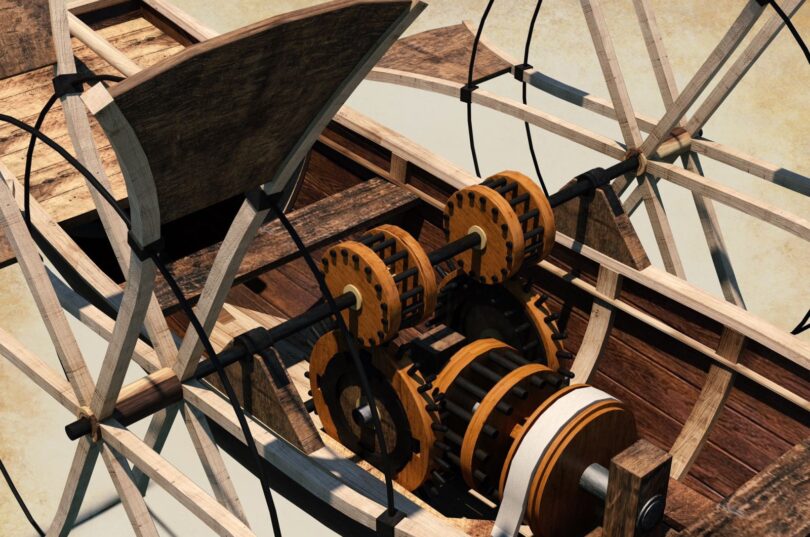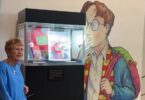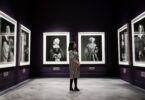ISTANBUL: Istanbul’s Tulip Museum is exhibiting models of 100 innovative inventions designed by Leonardo da Vinci during the Renaissance, along with 130 documents, codes and reproductions until Dec. 31. The exhibition is the most comprehensive ever held in a single venue worldwide.
Supported by the Ministry of Culture and Tourism, the General Directorate of Foundations and the Da Vinci Foundation, the exhibition features over 100 models of Leonardo da Vinci’s inventions. Accompanied by more than 130 documents, codes and reproductions, the exhibition offers visitors a deep dive into the genius’s works and inventions. This collection highlights Leonardo da Vinci’s impact on modern life and showcases how he left a universal legacy as both an artist and an inventor.
Leonardo da Vinci’s inventions and designs continue to inspire modern aerospace and mechanical engineering. His efforts to understand air currents laid the foundation for modern aircraft design, while his work influenced principles of aerodynamics in space vehicles. Similarly, da Vinci’s interest in complex machinery and automatic systems has significantly impacted industrial engineering and automation. Thus, his past works serve as a bridge to today’s technological advancements.
Mustafa Tolay, the chairperson of the Leonardo Da Vinci Association Türkiye Committee, who has studied Leonardo da Vinci for 50 years, including 30 in Italy, said: “Leonardo’s greatest trait was his curiosity. While he is mostly known for his paintings, engineering and anatomy studies, he also had significant philosophical works. Important documents proving his philosophical studies with his friends about 10 years ago will be displayed for the first time in Türkiye at this exhibition. Leonardo is an exemplary figure for us. If we can learn to think like him, we can progress.”

Immortal genius
Da Vinci was born on April 15, 1452, in Vinci, in the Duchy of Florence. Displaying genius from birth, his curiosity about nature and drawing skills amazed those around him. His father placed great importance on his education and apprenticed him to the renowned artist Andrea del Verrocchio in Florence. Leonardo’s skills in art and craftsmanship quickly surpassed his master’s.
One of the most notable features of Leonardo’s art is his emphasis on realism and precision in detail. His human figures, with their intricate details and natural postures, seem drawn from real life. The “Mona Lisa,” one of his most famous works, exemplifies this detail and realism. Another famous work, “The Last Supper,” holds a unique place in the art world for its complex composition and dynamic figures.
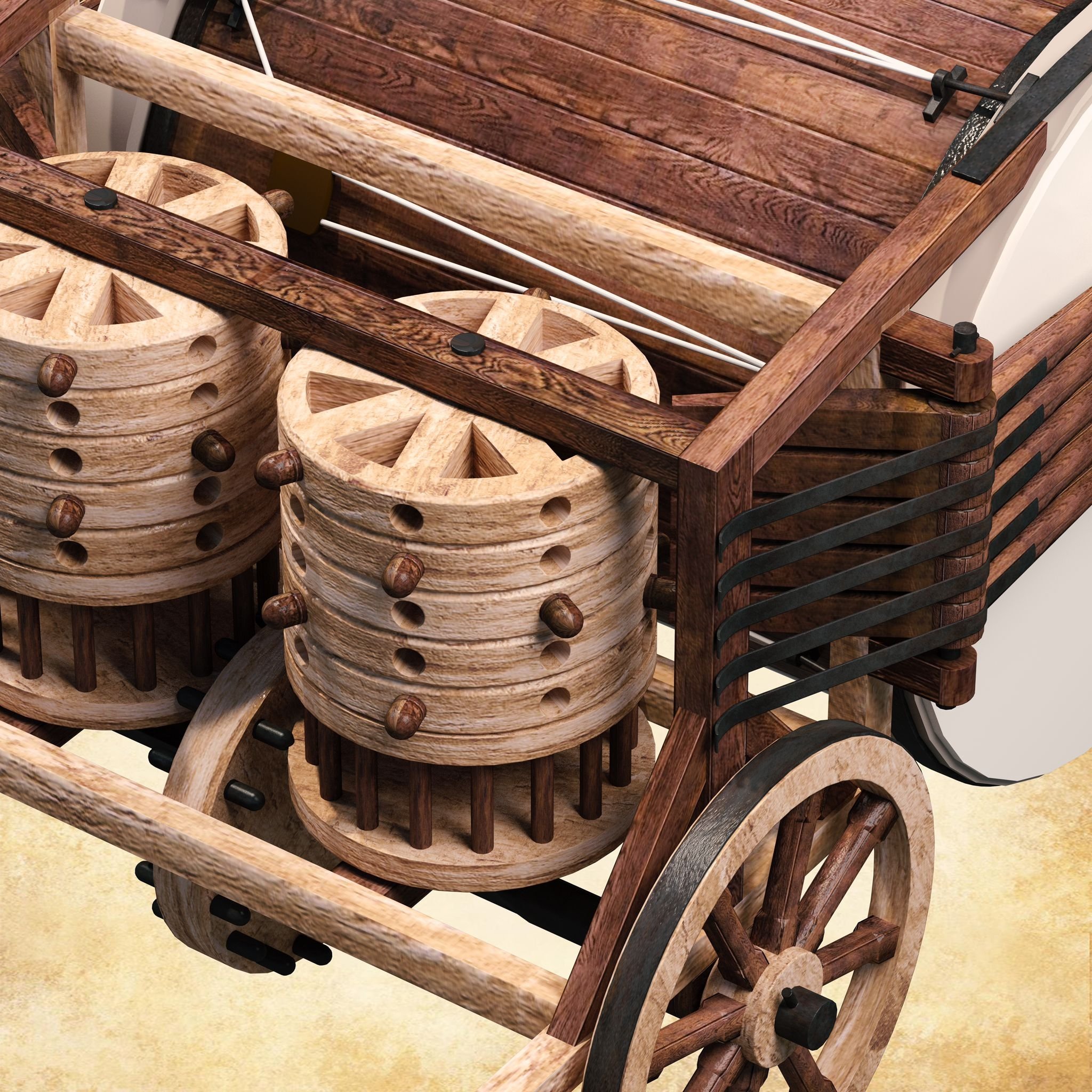
His scientific studies and discoveries surpassed his time, inspiring modern science and technology. Leonardo’s innovative approach to art significantly influenced the development of the Renaissance and subsequent art movements.
Despite his death 505 years ago, his inventions and designs continue to inspire aerospace, mechanical and machine engineering. His understanding of air currents forms the basis of modern aircraft designs, while his work influenced aerodynamic principles in space vehicles. Da Vinci’s interest in complex machines and automatic systems has impacted industrial engineering and automation, making his historical work a crucial link to today’s technological advancements.
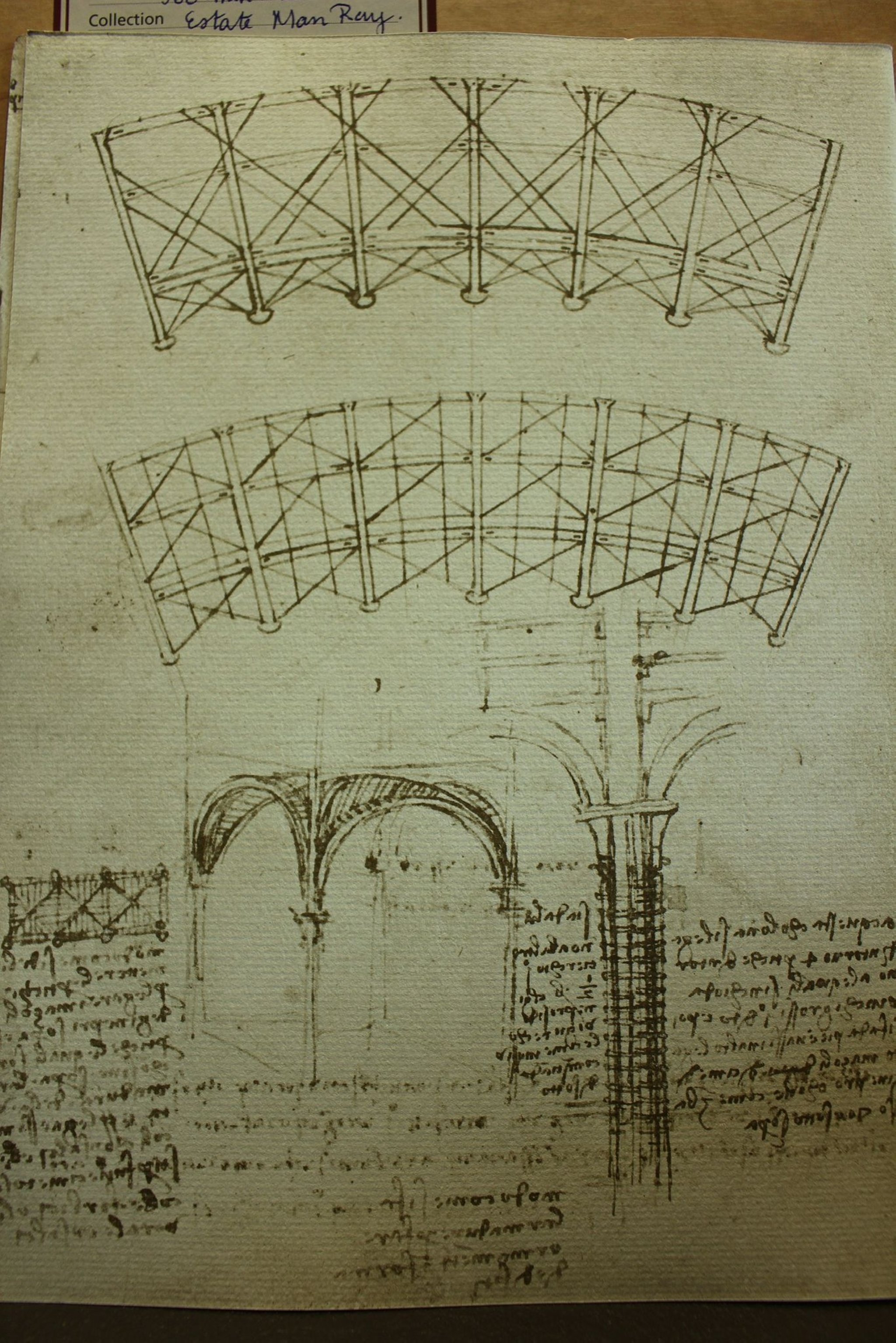
Inventor of spaghetti
When Da Vinci invented “Spago mangiabile,” described as an edible cord or “spaghetti,” he could not have imagined that countless people across numerous countries would love this product and nourish themselves with these strands. The exhibition showcasing the drawings of his kitchen utensil inventions, from the hand mill to the knife, enriches the imagination of everyone from ages 7 to 70.
Anatomical studies
Leonardo da Vinci’s anatomical studies and contributions to medical science are also significant. He meticulously examined the structure of the human body, documenting his studies in drawings and notes. His anatomical works sparked great interest and admiration in his time, inspiring many medical scientists. Da Vinci’s drawings contain detailed information on subjects like the musculoskeletal system, organs and the circulatory system, contributing to the advancement of modern medical science. His anatomical studies hold great value not only in art history but also in the field of medical science.
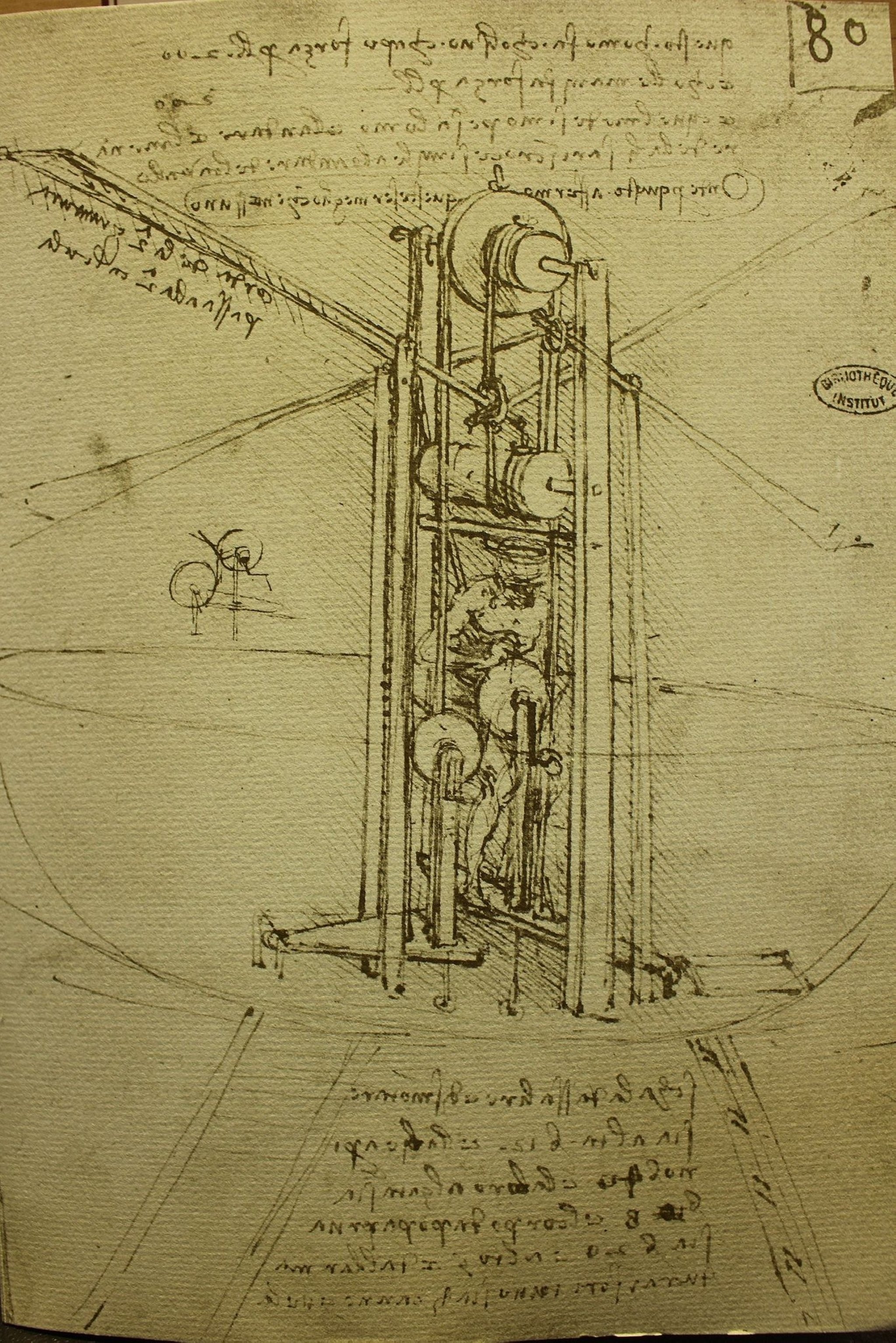
Civil engineering
In different regions of Italy, aa Vinci developed water management projects and conducted various studies on the proper use of water. Additionally, his civil engineering works included technologies like canals, waterway systems and water-lifting machines for controlling water.
Courtesy: Dailysabah

